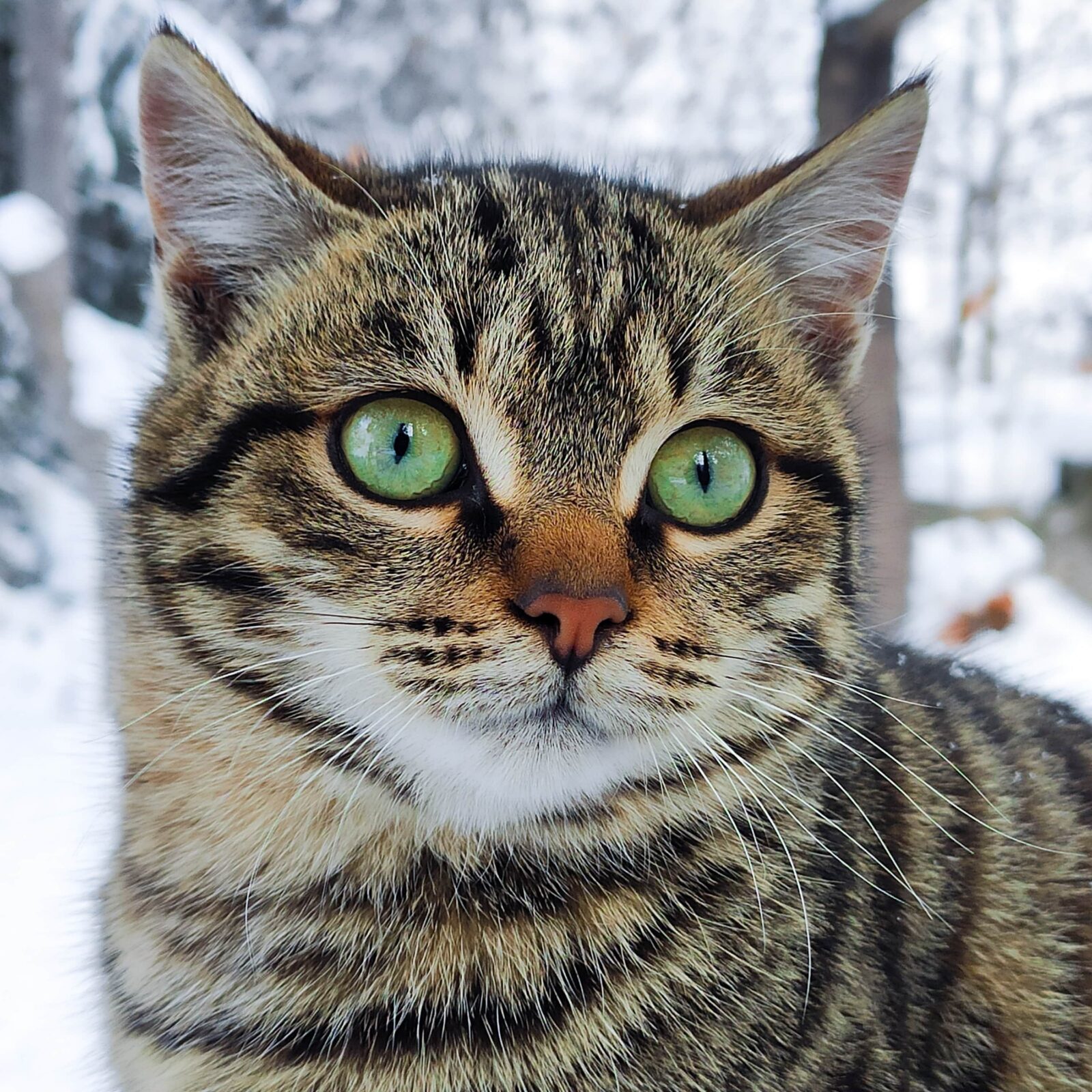
Contents
Can Cats See Infrared – Introduction
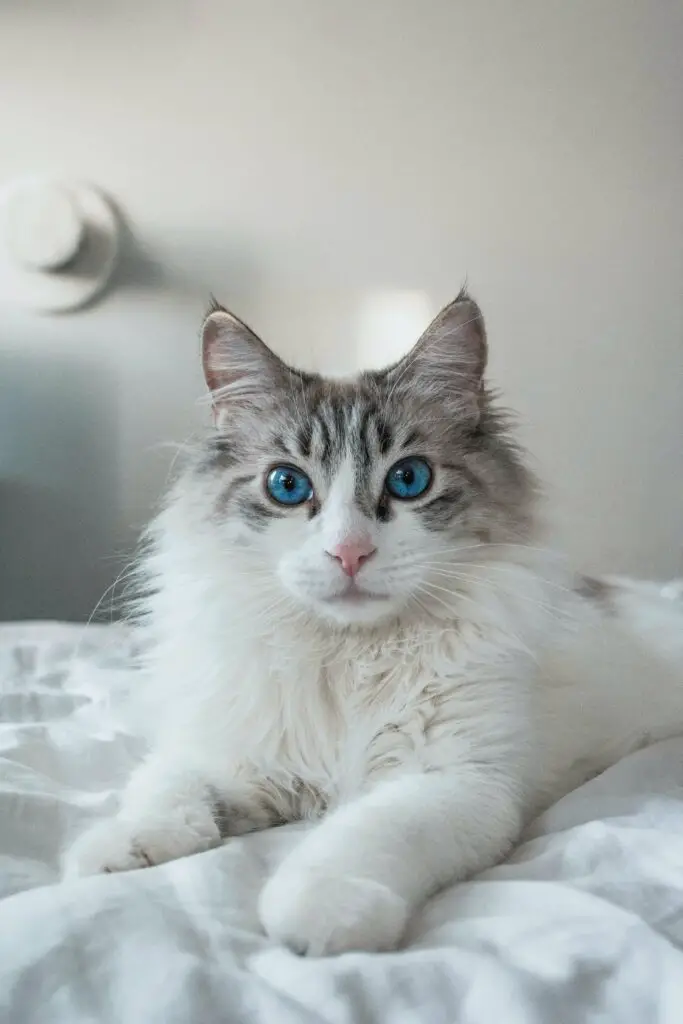
Cats have excellent vision and unique abilities that set them apart from humans and other animals. However, their vision is not the same as infrared vision, which is a type of vision that some animals possess to see heat signatures. What makes cats’ vision so special?
Cats are known for their ability to see in low light, thanks to their specialized eyes. They have many rod cells in their eyes responsible for seeing in dim light. This allows them to hunt and navigate in low-light conditions with ease.
In addition, cats have a wider field of view than humans. While humans have an approximately 180-degree field of vision, cats can see up to around 200 degrees. They also can change the size of their pupils quickly and effectively, allowing them to adjust to changes in light levels quickly.
Another unique aspect of cat vision is their ability to see movement better than detail. This is due to the high number of motion-sensitive cells in their eyes, known as ganglion cells. This is handy when hunting prey, as cats can quickly detect movement and pounce on their prey precisely.
How Cats See The World: https://m.youtube.com/watch?v=40ujKFD3z2g&pp=ygUVQ2FuIENhdHMgU2VlIEluZnJhcmVk
Can cats see color?
Contrary to popular belief, cats are not colorblind. While they do not see color as vibrantly as humans do, they can distinguish between certain colors. Cats can see blues and greens, but reds and oranges may appear more muted or greyish.
However, color vision is not critical for cats as it is for humans. Their keen senses of smell and hearing help compensate for any deficiencies in their color vision.
Do all cats have the same vision abilities?
Just like humans, each cat’s vision may differ slightly from others. Some cat breeds may have different eye shapes or sizes, affecting their visual acuity or depth perception.
For example, Persian cats may have flatter faces that affect the arrangement of their eyes and how they perceive the world around them. Siamese cats have more pointed faces and elongated eyes, giving them better peripheral vision.
Infrared radiation is the electromagnetic radiation that lies between the visible and microwave regions of the electromagnetic spectrum. It is commonly used in technology, such as night vision goggles and thermal cameras, to detect invisible heat signatures to the naked eye. Different Breeds, Different Eyes
Just like with humans, cats are not all created equal when it comes to their vision. How a cat sees the world may vary depending on its breed and individual genetics. For instance, Persian cats have a flatter face shape, which can impact their eyes’ arrangement and perception of depth. In contrast, Siamese cats have elongated eyes allowing wider peripheral vision.
However, despite these physical differences, all cats share certain visual abilities that make them excellent hunters. From detecting prey in low light conditions to pinpointing movement from far away, cats possess an incredible sense of sight that deserves recognition.
The Power of Night Vision
One of the most impressive aspects of a cat’s vision is its ability to see in low-light conditions. This is due to the structure of their eyes; cats have more rods than cones in their retinas, which gives them better night vision. The pupils of their eyes can also dilate incredibly wide, allowing more light to enter and enhance their ability to see in dark environments.
Additionally, while cats cannot see colors as vividly as humans, they can differentiate between certain shades and hues. For example, studies have shown that they can distinguish between blues and yellows but may have trouble telling red from green.
Hunting Skills
Cats’ exceptional visual abilities have helped them become skilled hunters over millions of years of evolution. Their ability to detect even the slightest movements makes them deadly predators of small prey like mice or birds. They can also judge distances with great accuracy thanks to their depth perception.
Their sharp claws and teeth make them an even more formidable opponent against prey. Whether hunting for survival or just playing with a toy mouse, cats’ eyes play a significant role in their success as hunters.
Furthermore, cats have a specialized eye structure called the tapetum lucidum, which reflects light through the retina, giving them better vision in low light.
Cats cannot see infrared radiation, but their vision is still impressive. They have evolved to be excellent hunters, and their eyes have adapted to help them see in low-light conditions and detect movement. So, the next time you watch your feline friend creeping around the house in the middle of the night, remember how their vision is designed for this activity. Their eyes are their most important asset, and they use them to hunt prey or navigate their environment easily.
It’s amazing that cats have been evolving for millions of years, and their vision has undergone many changes during this time. But what has yet to change is their ability to capture our hearts and make us fall in love with them. After all, who can resist those big, beautiful eyes staring up at you?
So appreciate your cat’s unique abilities and remember that they are one of the most beloved pets in the world for good reason. Their incredible vision is one of many reasons they make such great companions.
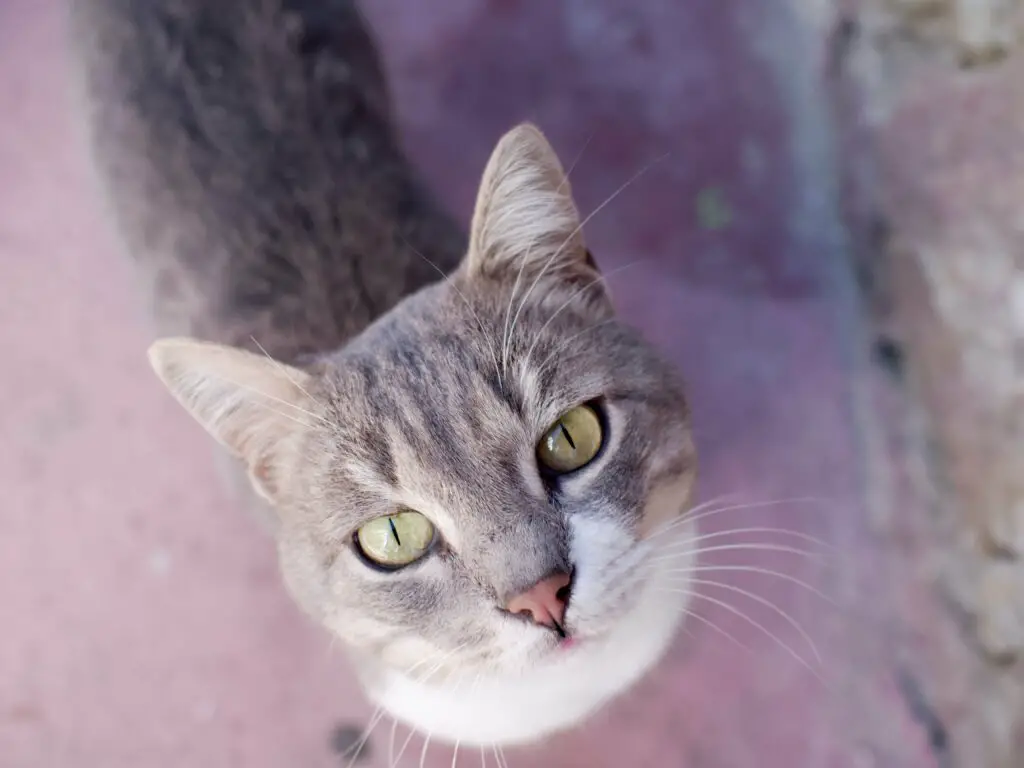
Conclusion
Cats may not be able to see every color or infrared radiation, but their vision is impressive nonetheless. Their eyes have been adapted over millions of years to help them excel as hunters and nocturnal animals. So make sure you take a moment to appreciate your furry friend’s amazing visual abilities and all the joy they bring into your life.
More Links :
Animal Shelter Volunteering – Volunteering at an Animal Shelter: A Fulfilling Experience in 2023! https://adoptanim.com/animal-shelter-volunteering/



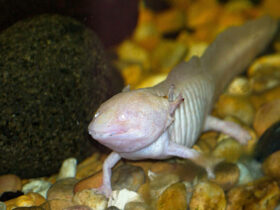
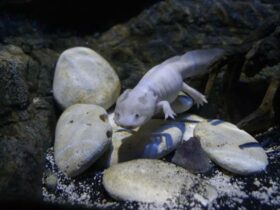
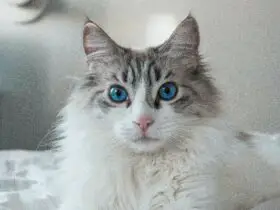

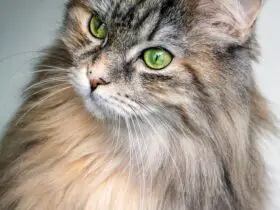

Leave a Reply